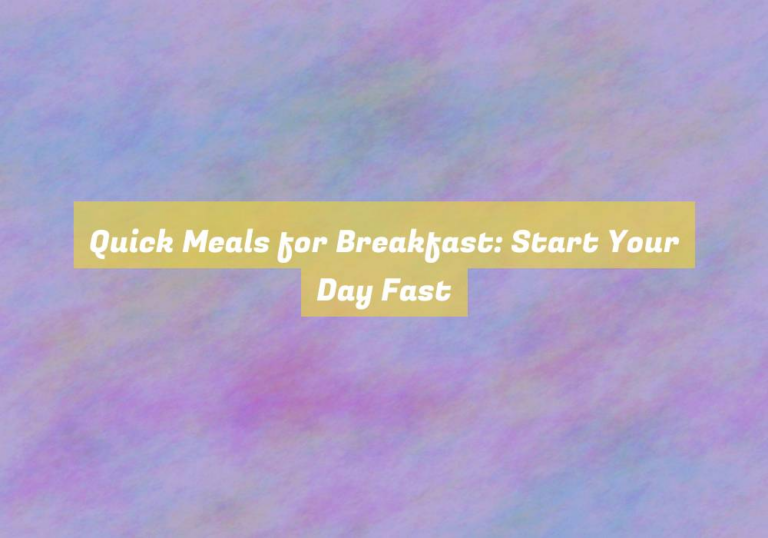Overuse Injuries: Understanding and Preventing RSI
If youG??ve ever felt as though your body were a finely tuned instrument, then you know how easily it can become out of tune with overuse. Overuse injuries, particularly Repetitive Strain Injuries (RSI), can quietly sneak up on you, affecting not just your physical well-being but also your daily activities and productivity.
Understanding the causes, recognizing the symptoms, and implementing preventive measures are crucial in maintaining a healthy and pain-free lifestyle. So, how can you safeguard yourself against these often underestimated injuries?
Types of Overuse Injuries
What are the most common types of overuse injuries that can result from repetitive strain on the body?
Overuse injuries can manifest in various forms, with some of the most prevalent being tendinitis, stress fractures, and carpal tunnel syndrome.
Tendinitis occurs when the tendons, which connect muscles to bones, become inflamed due to repetitive movements. This is often experienced in the elbows, shoulders, or knees and can cause pain and restricted movement.
Stress fractures, another common overuse injury, are tiny cracks in the bone caused by repetitive impact or stress. TheyG??re frequently seen in weight-bearing bones such as the feet and lower legs.
Carpal tunnel syndrome, often associated with prolonged typing or repetitive hand movements, occurs when the median nerve in the wrist becomes compressed, leading to pain, numbness, and tingling in the hand and arm.
Understanding these common overuse injuries is crucial for preventing their occurrence and addressing them promptly when they do arise. By being mindful of your bodyG??s limits and incorporating proper rest and ergonomics into your daily routine, you can reduce the risk of these debilitating injuries.
Causes and Risk Factors
Understanding the causes and risk factors for overuse injuries is essential for preventing their occurrence. Overuse injuries, such as repetitive strain injuries (RSI), can be caused by a variety of factors. One common cause is performing repetitive motions for extended periods without adequate rest. This places strain on the muscles, tendons, and joints, leading to inflammation and pain.
Poor ergonomics, including awkward postures and improper workstation setup, also contribute to the development of overuse injuries. Additionally, inadequate training on proper techniques and body mechanics can increase the risk of overuse injuries.
Risk factors for overuse injuries include engaging in activities that involve repetitive movements, such as typing, playing musical instruments, or participating in sports like tennis or golf. Working in environments that require prolonged periods of sedentary behavior, such as office jobs, can also increase the risk of developing overuse injuries.
Furthermore, individuals with existing musculoskeletal conditions or those who fail to address early symptoms of overuse injuries are at a higher risk for more severe and chronic issues. Understanding these causes and risk factors is crucial for implementing preventive measures and promoting overall musculoskeletal health.
Recognizing RSI Symptoms
Recognizing RSI symptoms starts with being attentive to any discomfort or pain that arises from repetitive activities and poor ergonomic practices. Pay close attention to any persistent pain, stiffness, or aching in your muscles, tendons, or joints, especially after performing repetitive tasks.
If you notice numbness, tingling, or a loss of sensation in your hands or fingers, it could be an indication of nerve compression associated with RSI. Additionally, be mindful of any weakness or loss of grip strength, as these could also be warning signs of RSI.
Any discomfort or pain that worsens with continued activity and eases with rest shouldnG??t be ignored. ItG??s important to recognize that RSI symptoms can manifest differently for each individual, so being aware of any unusual sensations or pain patterns in your body is crucial.
If you experience any of these symptoms, itG??s essential to seek medical attention promptly to prevent the progression of RSI and to receive appropriate treatment. Taking proactive steps to recognize these symptoms early on can help in effectively managing and preventing RSI-related issues.
Preventing Repetitive Strain Injuries
To prevent repetitive strain injuries, prioritize ergonomics and regularly take breaks during repetitive tasks to reduce strain on your muscles and joints. Proper ergonomics involves arranging your work environment to support your bodyG??s natural position, reducing the risk of strain. Ensure your chair, desk, and computer monitor are at appropriate heights and distances to promote good posture. Use ergonomic tools such as wrist rests and ergonomic keyboards to minimize strain on your hands and wrists.
Additionally, vary your tasks throughout the day to avoid prolonged periods of repetitive motion. When performing repetitive tasks, take micro-breaks every 20-30 minutes to stretch and change positions. This helps to alleviate tension and prevent muscle fatigue.
Moreover, incorporate regular exercise into your routine to strengthen muscles and improve flexibility, which can reduce the risk of strain injuries. Lastly, listen to your body and address any discomfort or pain immediately. Ignoring early warning signs can lead to more severe and long-lasting injuries.
Conclusion
In conclusion, itG??s important to understand the types, causes, and symptoms of overuse injuries in order to prevent them.
By recognizing the signs of repetitive strain injuries and taking steps to reduce risk factors, such as practicing proper ergonomics and taking regular breaks, you can avoid the pain and discomfort associated with RSI.
Stay mindful of your bodyG??s limits and listen to any warning signs it may be giving you to stay injury-free.






I really appreciate this exploration of overuse injuries and their subtle yet profound impact on our lives. It resonates with my own experience; a couple of years ago, I found myself dealing with tendinitis in my wrist from hours spent on the computer. I hadn’t realized how much my daily routine contributed to the pain until I took a step back and examined my habits. It’s alarming how easily we can overlook these subtle warning signs when we’re caught up in our busy lives.
Your experience with tendinitis really highlights an important aspect of how our daily habits can creep up on us without us fully realizing it. It’s fascinating—and a bit unsettling—to think how something like prolonged computer use can lead to such significant discomfort. Many people find themselves in similar situations, caught up in their routines, thinking they’re just pushing through the grind, when in reality, their bodies are sending out distress signals.
You’ve captured that feeling perfectly. It’s so easy to get absorbed in our daily routines, especially when technology is such a big part of our lives. I’ve found that most of us tend to overlook those ‘distress signals’ until they become hard to ignore. For me, it started with small aches and pains that I brushed off, thinking it was just part of the hustle. But then the tendinitis flared up, and I had to confront the physical reality of my habits.
I appreciate you sharing your experience with tendinitis. It’s revealing how interconnected our daily habits are with injury and discomfort, yet we often operate on autopilot. Simply logging hours in front of a computer might not seem harmful at first glance, but as you’ve discovered, those seemingly benign routines can have lasting effects on our bodies.
You’ve hit the nail on the head. It’s kind of wild how those everyday habits can sneak up on us, isn’t it? I mean, I used to think my routine of elbow-deep in snacks and head-deep in computer screens was a foolproof plan for productivity. Who knew that sedentary bliss could morph me into the human equivalent of a pretzel?
You’ve really hit upon an important topic that resonates with many of us, especially in our fast-paced, technology-driven world. Overuse injuries like tendinitis and carpal tunnel syndrome have become all too common, frequently sidelining individuals from the activities they love. I’ve definitely felt that struggle myself, particularly during a phase of my life when I was dedicated to playing the guitar every day. What started as a passion for creating music gradually turned into discomfort in my wrists and fingers. It was a sobering reminder of how something so joyous could lead to physical strain.